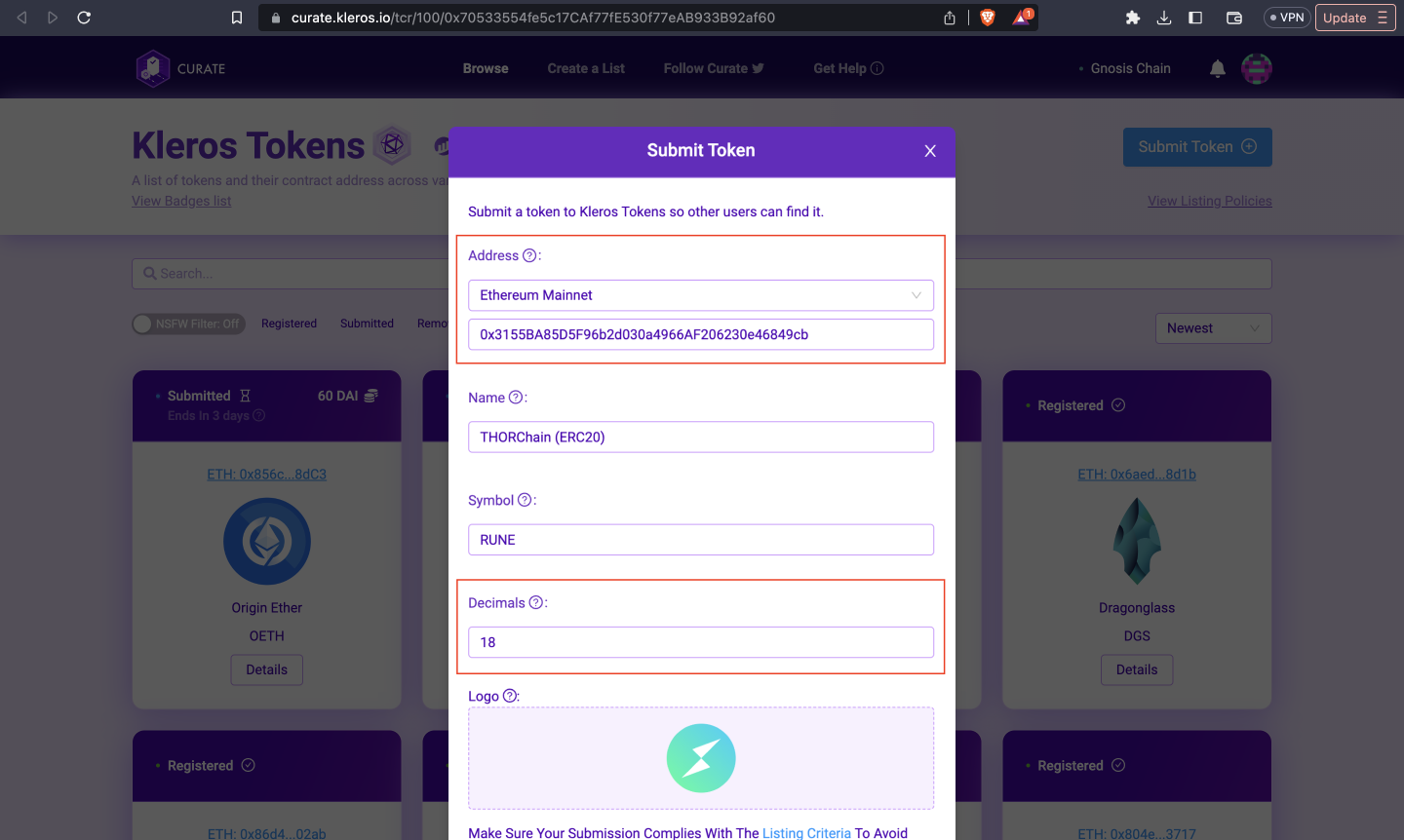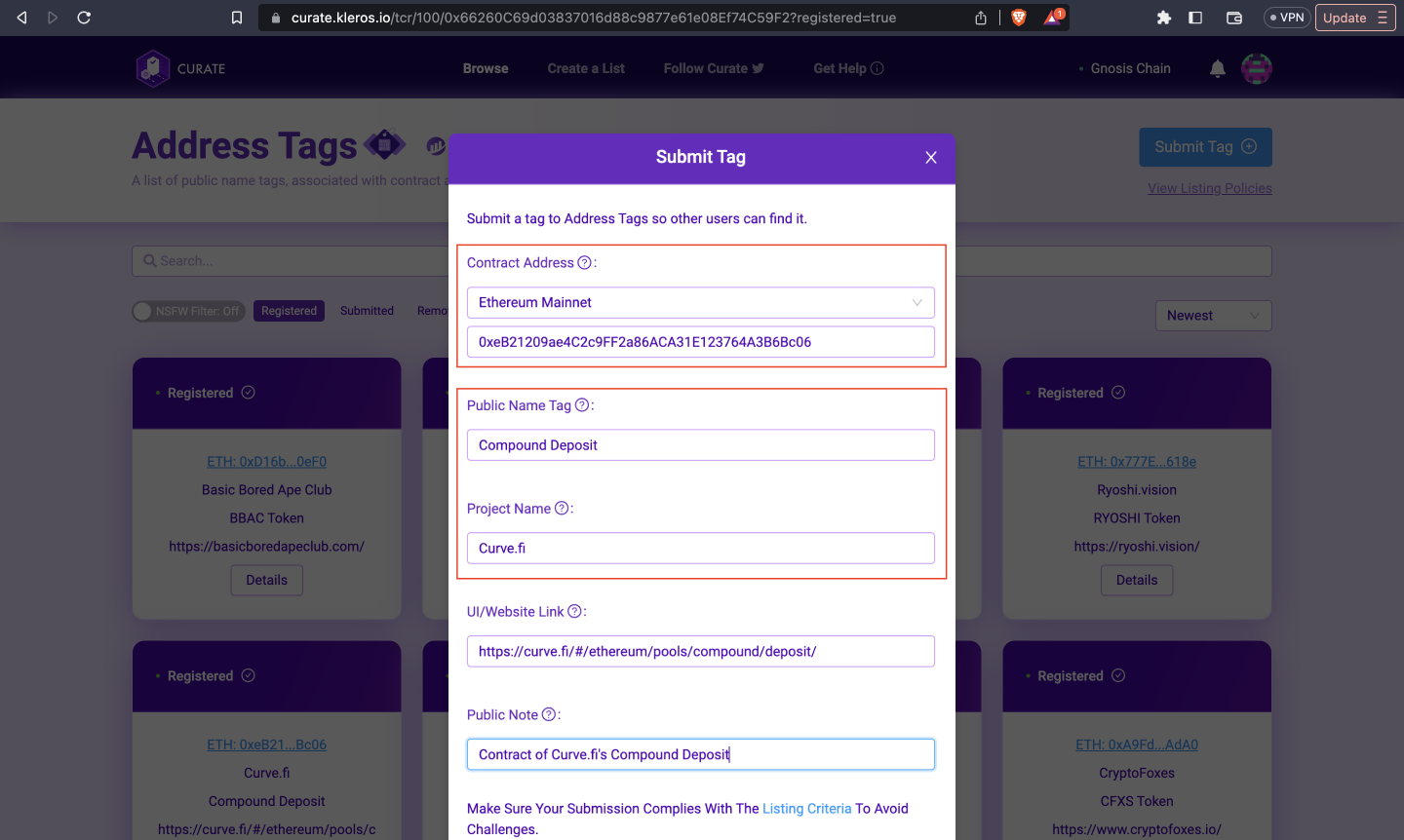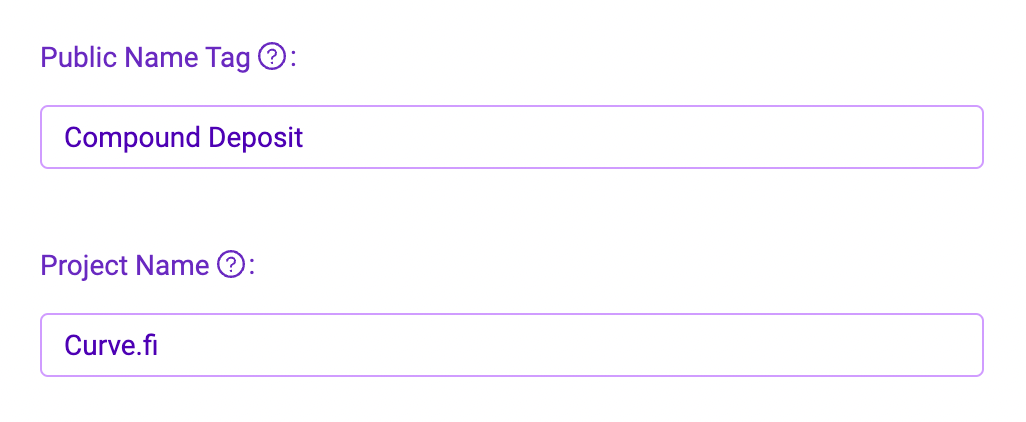Migrating Kleros’ Registries to v2: Securing Multichain Interactions
Kleros Curate has taken a significant step forward by migrating its three essential security metadata registries to the Gnosis chain, paving the way for standardization, cost-efficiency, and broader compatibility across the EVM ecosystem. This article explores the reasons behind the same!

Introduction
Blockchain technology has changed the way we interact with digital assets and applications. As new users enter the ecosystem by the tens of thousands, reports of scams, transaction mistakes and accidents are unfortunately also becoming more and more frequent. Ensuring security and trust within the rapidly expanding ecosystem remains a top priority. Started in 2019 with the Tokens registry, Kleros has been a pioneer in curating decentralised registries, especially around security metadata.
With the rise of web3 adoption and in-turn innovative scaling solutions in the form of rollups and L2s, the need for interoperability and going multi/cross chain can’t be overstated. This is why Kleros Curate has taken a significant step forward by migrating its three essential registries to the Gnosis chain and expanded the registries' formats to support addresses across various chains, paving the way for standardization, cost-efficiency, and broader compatibility across the EVM (Ethereum Virtual Machine) ecosystem.
Here are the new links to the V2 of these registries:
This article will explore the reasons behind
- Deprecation of the old registries by raising the deposits on 1st July,
- Launch of the v2 registries with updated policies and fields
and highlight the enhanced capabilities of Kleros' registries in enabling secure dApp interactions beyond the Ethereum Mainnet.
The Journey So Far
Kleros has been a prominent player in the TCR space, offering community-curated registries designed to enhance security and trust in dApp interactions. Let's delve into the three registries and their initial deployment:
- Tokens Registry: The Tokens Registry was initially deployed exclusively on the Ethereum Mainnet. It served as a community-curated list of whitelisted and safe tokens that users could interact with confidently, minimizing the risk of malicious or insecure tokens.
- Address Tags Registry (henceforth ATR): Similar to the Tokens Registry, the Address Tags Registry focused on providing context and safety information for Ethereum Mainnet addresses. It enabled users to identify the trustworthiness of addresses, mitigating the potential risks associated with interacting with unknown or suspicious addresses.
- Contract Domain Mapping Registry (henceforth CDN Registry): The Contract Domain Mapping Registry serves a critical role in preventing front-end DNS attacks. It facilitates the mapping of contracts to the domains they are known to be associated with, ensuring users are interacting with the correct contract associated with a particular domain. This registry is already multi-chain and deployed on the Gnosis Chain since its v2 release in March 2023.
The Motivation for Migration
Recognizing the need to expand beyond the Ethereum Mainnet, Kleros embarked on a journey to migrate its registries to the Gnosis chain. Several compelling reasons motivated this strategic decision:
- Standardization: By migrating all three registries to the Gnosis chain, Kleros aims to establish a standardized approach to secure dApp interactions across various EVM-compatible chains. This simplifies the user experience and fosters interoperability among different blockchain networks.
- Cost Efficiency: Ethereum Mainnet has witnessed significant congestion and soaring gas fees, making it challenging for users to engage with dApps. The Gnosis chain offers lower transaction costs and improved scalability, ensuring that users can interact with Kleros' registries without breaking the bank.
- Lower Deposits: Migrating to the Gnosis chain enables Kleros to reduce deposit requirements, making it more accessible for users to participate in the curation process. Lowering the barrier to entry encourages community involvement and ensures a vibrant ecosystem of trusted tokens, addresses, and contract domain mappings.
Submitting to the migrated registries on the Gnosis Chain
From 1 July 2023 onwards, we would like to request and encourage the community to only submit to the Kleros Security Metadata registries (Tokens, ATR & CDN Registry) deployed on the Gnosis Chain.
While the older registries cannot be shut off, their deposits will be raised significantly so as to deter further submissions.
If you’ve submitted entries to any of the three security metadata registries in the past, you will notice that the UX of submitting to the migrated registries is largely the same except for a few key differences in the fields being submitted (since the registries now support EVM compatible multi-chain data). Registry wise, they are highlighted in the next sub-section.
Key differences between v1 and v2 registries

Tokens Registry v2 Fields
- Contract address:
Earlier: Just the token address was needed as the registry was only for the purpose of whitelisting tokens on the Mainnet.
Now: Contract address now refers to the CAIP-10 address of the smart contract being tagged. If submitting through the frontend, you will have to choose the chain from the dropdown and then add the token address.

- Decimals:
Earlier: This field was not a part of the submission form.
Now: The number of decimals applicable for the token submitted. This is generally a part of the available metadata associated with a token and hence has been introduced.


Address Tags Registry v2 Fields
- Contract address:
Earlier: Just the smart contract address was needed as the registry was only for Ethereum Mainnet addresses.
Now: Contract address now refers to the CAIP-10 address of the smart contract being tagged. If submitting through the frontend, you will have to choose the chain from the dropdown and then add the token address.

- Project Name & Public Name Tag
Earlier: ‘Project Name’ and ‘Public Name Tag’ were combined to be one mandatory field ‘Public Name Tag’ where the type of input was ‘text’ and an example entry looked like this:
→ Public Name Tag: “Curve.fi: CRV Token”
Now: ‘Project Name’ and ‘Public Name Tag’ are two separate fields for easier parsing and querying, where type of input remains same for both and example entries for them looks like this:
→ Project Name: “Curve.fi”
→ Public Name Tag: “CRV Token”
Also, ‘Public Name Tag’ remains a mandatory field, while ‘Project Name’ is an optional field, which can be omitted only for contracts which do not belong to a project.

3. Contract Domain Name Registry
The CDN registry has supported multi-chain entries and is deployed on the Gnosis Chain since it’s v2 release in March 2023. No new changes have been made.
Expanded Capabilities:
The migration of Kleros' registries to the Gnosis chain comes with a host of expanded capabilities, addressing the security needs beyond the Ethereum Mainnet:
- Multichain Compatibility: Previously limited to the Ethereum Mainnet, the Tokens Registry, ATR, and CDN Registry can now accept tokens, addresses, and contract domain mappings from all EVM-compatible chains. This broader compatibility empowers users to make informed decisions across multiple blockchain networks.
- Enhanced Security: By expanding the registries' reach, Kleros increases the collective wisdom and knowledge of the community in curating secure assets and interactions. The diversity of contributions from different chains ensures a more comprehensive approach to security, reducing the risk of vulnerabilities and fraud.
- Trust and Transparency: Kleros' registries leverage the power of decentralized governance and community curation to maintain their integrity. The migration to the Gnosis chain strengthens these principles by embracing a wider range of contributors, fostering transparency, and building trust within the ecosystem.
Conclusion:
Kleros' decision to migrate its essential registries to the Gnosis chain represents a significant milestone in the pursuit of secure dApp interactions for the Ethereum ecosystem and beyond. By standardizing processes, reducing costs, and expanding multichain compatibility, Kleros enables users to navigate the evolving blockchain landscape with confidence.
The enhanced capabilities of the Tokens Registry, Address Tags Registry, and Contract Domain Mapping Registry empower individuals to transact with greater confidence while ensuring a more secure and trustworthy decentralized ecosystem. As blockchain technology continues to evolve, Kleros remains at the forefront, setting new standards for security, transparency, and decentralization.
For any queries, ideas and discussions, feel free to drop a message here!
